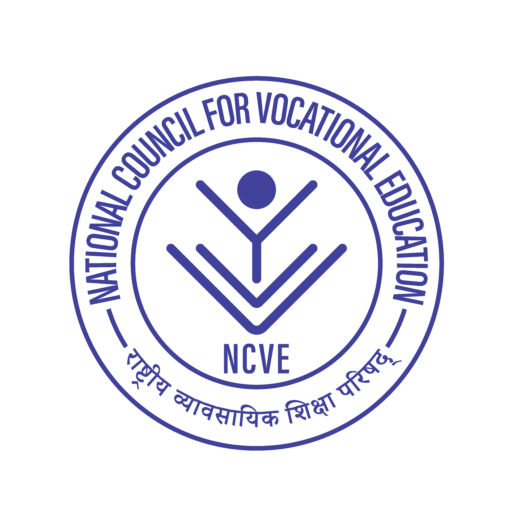At the National Council for Vocational Education (NCVE), curriculum development is at the heart of our commitment to providing high-quality vocational education and training programs. Our curriculum development process is guided by industry standards, educational best practices, and the evolving needs of the workforce, ensuring that our programs are relevant, rigorous, and responsive to the demands of the modern economy.
1. Needs Assessment: Our curriculum development process begins with a thorough needs assessment to identify the skills, knowledge, and competencies required by employers and industries within specific sectors. We consult with industry experts, employers, educators, and other stakeholders to gather insights into current and future workforce needs.
2. Alignment with Industry Standards: We ensure that our curriculum is aligned with industry standards, regulations, and best practices to ensure that students are equipped with the most relevant and up-to-date skills and knowledge. We collaborate closely with industry partners to validate our curriculum against industry benchmarks and ensure its relevance and applicability in real-world settings.
3. Stakeholder Engagement: We believe in the importance of stakeholder engagement throughout the curriculum development process. We actively seek input and feedback from students, faculty, employers, and industry experts to ensure that our programs meet the needs and expectations of all stakeholders.
4. Competency-Based Approach: Our curriculum development process is guided by a competency-based approach, focusing on the development of specific skills, knowledge, and abilities that are essential for success in the workforce. We define clear learning outcomes and competencies for each program, ensuring that students are equipped with the practical skills and expertise needed to excel in their chosen careers.
5. Flexibility and Adaptability: We recognize the importance of flexibility and adaptability in curriculum development to accommodate changing industry trends, technological advancements, and learner needs. Our curriculum is designed to be flexible and adaptable, allowing for ongoing updates and revisions to ensure its relevance and effectiveness over time.
6. Integration of Technology and Innovation: We embrace technology and innovation in curriculum development to enhance the learning experience and prepare students for success in a digital and technology-driven world. We incorporate cutting-edge tools, resources, and instructional technologies into our curriculum to promote engagement, collaboration, and hands-on learning.
7. Continuous Improvement: Our commitment to continuous improvement drives our curriculum development process. We regularly review and evaluate our programs based on student outcomes, feedback from stakeholders, and emerging trends in the workforce. We use data-driven insights to inform revisions and enhancements to our curriculum, ensuring that it remains current, effective, and of the highest quality.
